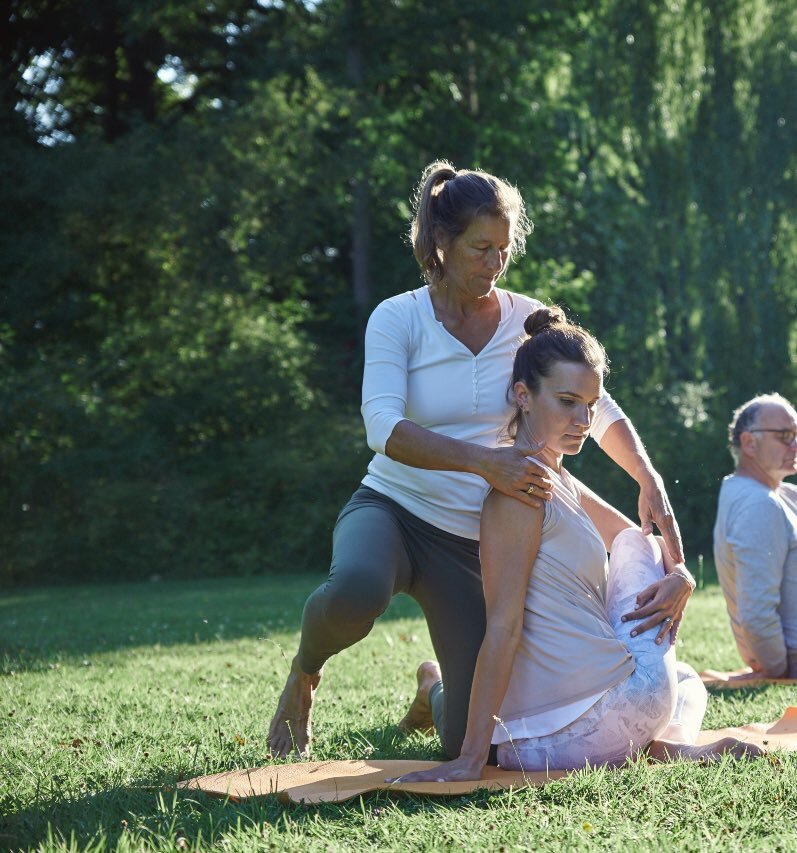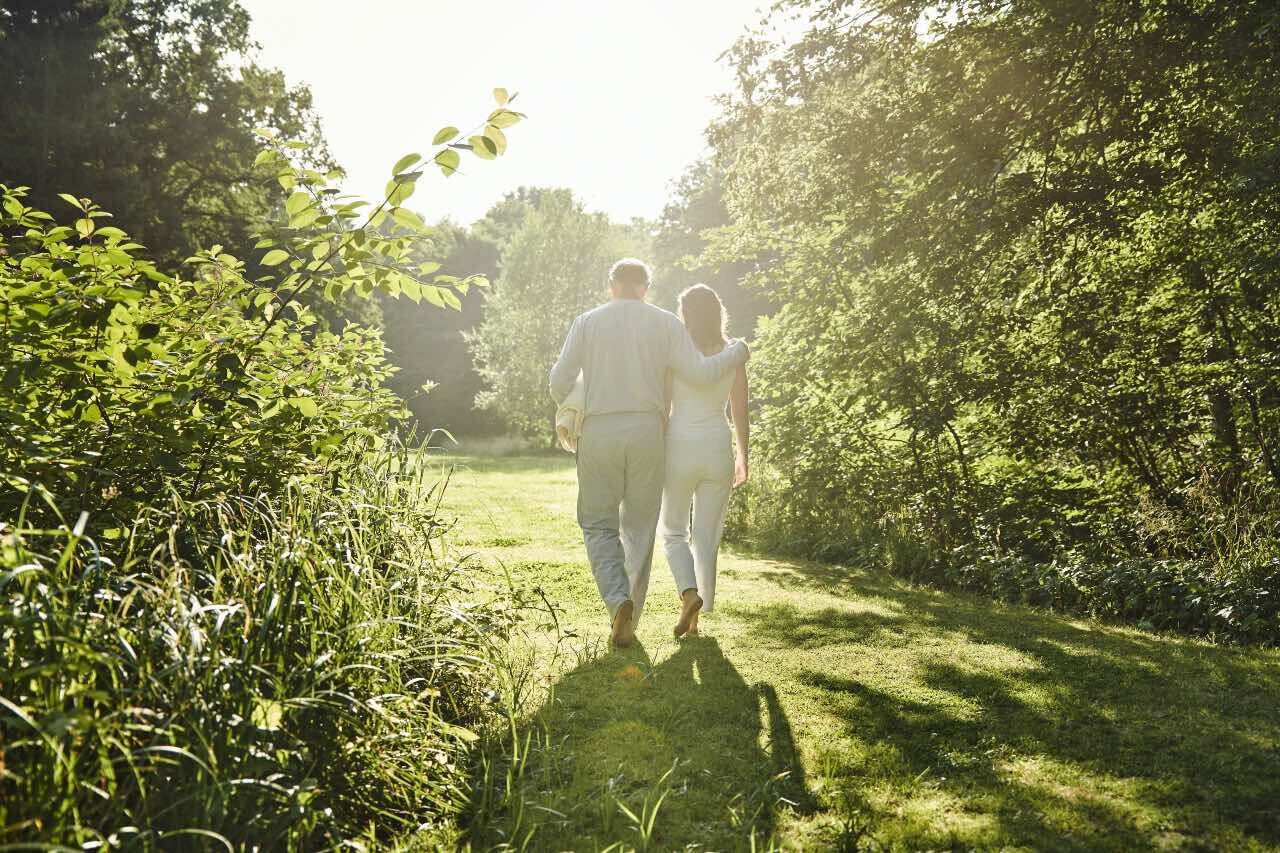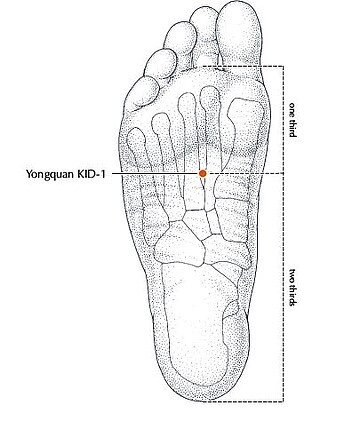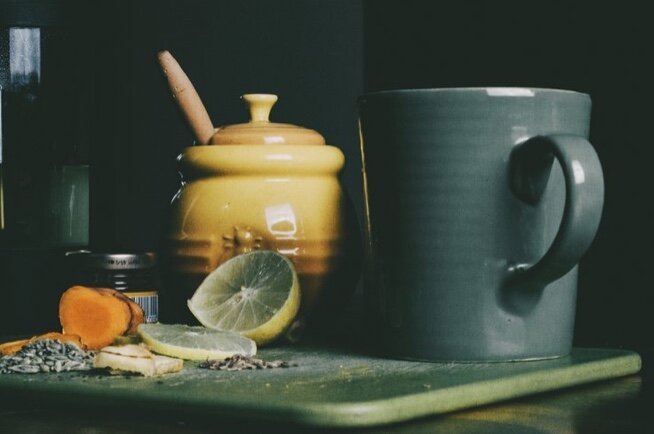Elaine Barry | WOMEN’S HEALTH PHySIO SPECIALIST
Often as women we may go through life dipping in and out of our connection with our pelvic health. It may start with menstruation, continue on through to our sexual health and possibly then into childbearing years. Many women may go through life never really deepening their connection to this part of their body and may only awaken to it as symptoms occur of declining pelvic health, potentially during the peri-menopausal/menopausal years.
Building your awareness and understanding of the basic functions of your pelvic floor, will help grow this connection to your pelvic health that ultimately, could be the missing link in improving the foundation of your basic womanly needs and overall health.
The Pelvic Floor
A beautiful dome - shaped set of structures which spans out within the bowl of our pelvis, the pelvic floor separates the pelvic cavity above from the perineal region below. The levator ani muscles make up the main body of the pelvic floor, combining with the coccygeus muscles and deeper hip muscles to contribute to the provide the multiple basic functions functions of the pelvic floor.
⇒ Organ Support
The pelvic floor provides support for our uterus, rectum and bladder as well as other abdominal organs. It is one of the Core Four; making up the floor of our abdominal canister with the abdominals at the front, the diaphragm at the top and the back muscles and gluteals at the back. It is integral with our respiratory system therefore, working in tandem with our diaphragm helping to resist rises in intra-abdominal pressure that occur naturally with functions such as coughing, sneezing, movement and lifting.
⇒ Sphincteric Control
The support that our pelvic floor provides for our organs leads to a natural closing and opening control of the exit points of our bladder, the urethra, where urine comes out and the bowel, the rectum where faeces comes out. It allows us to expel waste products from the body and should be functioning well enough to prevent leakage but similarly allow us to release with ease. We should be able to go about our daily functions and activities without concern of losing control of our bladder or bowel.
⇒ Sexual & Reproductive Health
Pleasurable and pain-free sexual intercourse is inextricably linked with sensation and mobility of our pelvic floor. We can certainly hold onto trauma and even daily emotional stresses which can be reflected then in our ability to have and enjoy sex. Our sexual hormones particularly oestrogen influence how healthy our vaginal tissue is, the ability of the bladder to process information as it fills with urine and of course our bowel plays a vital role in ridding our body of excess oestrogen. Our pelvic floor plays a vital role in supporting a growing baby, delivering a baby through childbirth. It stretches amazingly during these processes and has the ability to recover and restore remarkably afterwards.
⇒ Lymphatic Drainage
With its natural pumping action is aids fluid and lymphatic drainage within the body and pelvis.
stay in tune
Regular awareness through observing what is normal for us and then any changes to these normal functions can help us identify if our pelvic health may be beginning to change and possibly coming less than optimal. Even small, consistent changes to our daily habits may bring about symptom relief.
⇒ Vulvar and Vaginal Health
Increased sensitivity, skin changes or unexplained bleeding in the area of the vulva and vagina can be related to a number of general health changes in the body and a good gauge of not only hormonal health but overall health and may be a pointer towards more early detection of more serious complaints.
Knowing the normal condition of your skin in the vulvar region and normal pattern to discharge and of course bleeding is essential so you can note subtle changes that your body may be going through. Skin irritation, itch and/or painful sensitivity which may be aggravated by relatively normal activities such as washing, wearing certain items of clothing, using a tampon or a menstrual cup and furthermore intimacy is always worth following up with your medical practitioner or pelvic health specialist physiotherapist.
⇒ Urination
Observing our urinary habits such as frequency. Six to eight times a day is ideal although this may vary with fluid intake. Irritants such as caffeinated drinks may interrupt the natural frequency of urine output and contribute to overactive bladder. The bladder should be able to hold up to one and a half to two cups (300-400ml) during the day and at night up to 800ml. This should be reflected in the length of time we can hold our urine (3-4 hours) and how much comes out when we go. If we consistently see an increase in our need to urinate and how urgently we need to go we may need seek help to regulate this.
Leakage of urine bladder can happen in one third of women and this is not isolated to those who have had a baby. It may be associated with an overwhelming urge and not getting to the toilet quickly enough (urge incontinence) or with more dynamic activities like movement, exercise, coughing, sneezing or laughing (stress incontinence).
⇒ Bowel Motions
Bowel motions certainly can vary between us, but aiming for a daily bowel motion without straining is the ultimate goal to protect our pelvic floor integrity. Our bowel movements influence how our bladder behaves as these organs are so closely connected within the pelvic cavity. Chronic strain on the pelvic floor can occur while managing our bowels can lead to other issues of pain and discomfort in this area so getting this right is vital.
Complaints of leakage of urine and possible wind/ faeces are more common than you think. It is always worth seeking help within the early stages as it is often indicative of underlying weakness or dysfunction of the pelvic floor. Pelvic floor physiotherapists are experts in this area and with a course of pelvic floor awareness training and exercise, research has shown great change possible and often full resolution of symptoms where this line of action is appropriate.
The pelvic floor is an adaptable, dynamic structure working in tandem with our breath and should be mobile like every other muscle. It adapts to the demands of daily living : shortening, tightening and weakening with sedentary living. It stays alive through sexual pleasure, exercise specific to its structures and also with the stretch and other movements we may choose with our exercise routine. Good bladder and bowel habits aswell as breath awareness and stress management all play a vital role in keeping your pelvic floor healthy.
Breathe deep and feel the love |
Your pelvic floor and diaphragm work in tandem with one another. As you breathe in your diaphragm descends and the pelvic floor should be able to lightly descend also. This helps to maintain a normal and functional mobility in the pelvic floor.
⟹ Try a breath awareness sequence such as this:
Close your eyes, resting in a comfortable position and place one hand on chest, one hand on belly.
Observe which is moving more
Draw your awareness to the belly rising and falling
Now draw attention to the your tailbone. As you breathe in imagine the tailbone floating downwards. As you breathe out, allow it rest back to starting position.
Now send your attention to your sit bones. Imagine these two bones spreading away from one another, creating space across the pelvic bowl and pelvic floor.
Finally come to rest awareness at the back passage opening, the anus. As you breathe in feel this area open, maybe visualising a flower in your minds eye. Don’t force or strain.
Repeat each of these steps up to 10 times.
Feel more relaxed in your pelvic region.
Respecting your pelvic health:
Growing your awareness, knowledge and attention to this area has the power to really change how we feel as women, drastically change our quality of life and really empower us. Start now by getting to know your body parts inside and out. Know how to name them, find them, where they are and how to use them to your benefit. Becoming atuned to any small shifts or changes and in particular catching them early will ultimately lead to better future health. Try not to ignore or put up with discomfort, pain, itch, dryness, leakage of any kind or a bladder or bowel that seems to rule your life. Like anything in our health repertoire its about being proactive and your pelvic health deserves this as much as any other part of your body.



































